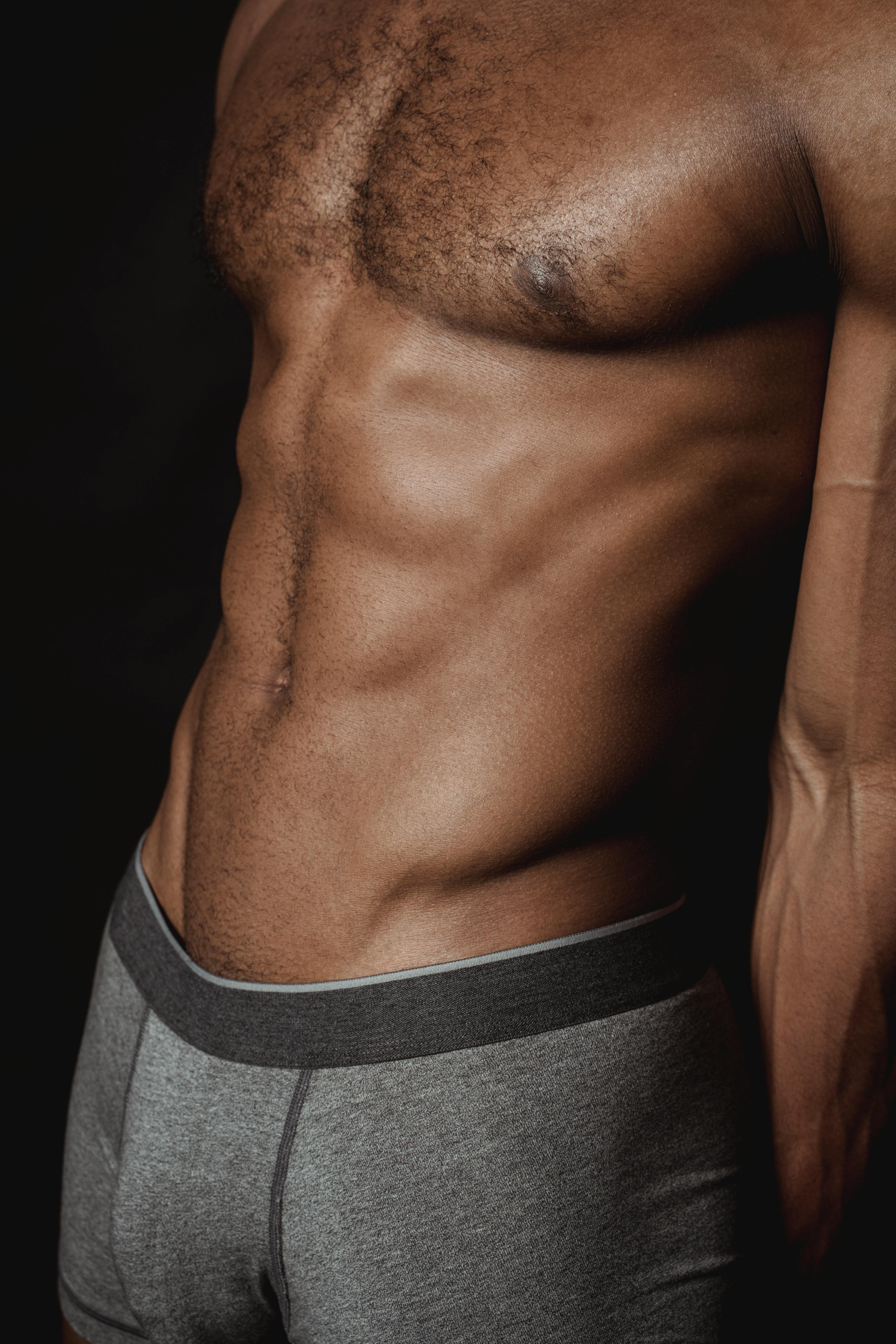Effective Ways to Build a Stronger Upper Chest in 2025: Proven Exercises and Tips
Building an impressive upper chest is a common goal for fitness enthusiasts and athletes alike. Whether you’re aiming for a more defined physique or looking to enhance your overall strength, upper chest workouts will play a vital role in achieving your fitness goals. In this article, we will explore effective exercises that target the upper pectoral muscles, providing insights into how to maximize your training and develop a well-rounded chest.
Upper chest development is crucial not only for enhanced aesthetics but also for improved body posture and performance in various sports. We will delve into a variety of upper chest exercises, discuss the biology behind muscle growth (Hypertrophie), and share tips on how to integrate these exercises into your fitness regimen effectively. Additionally, we’ll emphasize the importância of proper nutrition, recovery, and training consistency to ensure optimal results.
By the end of this article, you will have a structured training plan that aligns with your personal fitness objectives. Let’s dive in!

Essential Upper Chest Exercises for Effective Training
Having established the importance of upper chest training, let’s examine the essential exercises that can help you achieve your upper body strength goals. A balanced approach is necessary for optimizing muscle engagement and ensuring comprehensive growth.
Incline Bench Press: The Classic Choice
The incline bench press is regarded as one of the fundamental exercises for upper chest training. By adjusting the bench to an incline of 30 to 45 degrees, you can effectively target the upper pectorals while minimizing the stress on your shoulders.
When performing the incline bench press, ensure to engage your core for stability. Begin with a weight you are comfortable with, making sure to maintain proper form throughout the movement. Aim for 8-12 repetitions, adjusting the weight as you progress.
Common mistakes include arching your back excessively or lifting your feet off the ground. Focus on controlled movements to fully engage the chest muscles while avoiding the risk of injury.
Push-Ups with Feet Elevated
Elevating your feet during push-ups is an excellent way to shift focus onto the upper chest. This exercise can easily be performed anywhere and requires no equipment, making it versatile for various routines.
To perform this variation, place your feet on a raised surface, such as a bench or a step. Keep your body in a straight line and lower yourself until your chest nearly touches the ground. Push back up while keeping your core tight.
Strive for 3 sets of 10-15 repetitions. As you become stronger, consider adding weight plates or a weighted vest for increased intensity.
Incline Dumbbell Flys: Stretch and Contract
Another highly effective exercise is the incline dumbbell fly. This movement emphasizes the stretch and contraction of the pectoral muscles, providing a greater range of motion than traditional presses.
Begin by lying on an inclined bench with a dumbbell in each hand. Start with your arms extended above your chest, palms facing each other. Slowly lower the weights out to the sides, feeling the stretch in your chest. Engage your pecs to return to the starting position.
Aim for 3 sets of 10-12 reps, being careful to maintain control throughout the movement. Avoid allowing your arms to drop too low, as this can strain your shoulder joints.
Integrating Upper Chest Workouts into Your Training Plan
Transitioning from exercises to a structured training plan is pivotal for success in upper chest development. Understanding how to incorporate upper chest exercises into your weekly routine can help ensure consistency and progress.
Creating an Effective Workout Routine
When developing a training plan, ensure to allocate specific days for chest workouts, allowing for adequate recovery time. Aim to train your upper chest at least once a week, but feel free to include it in a comprehensive upper body workout for optimal results.
A sample routine might include the following:
- Incline Bench Press: 3 sets of 8-12 reps
- Push-Ups with Feet Elevated: 3 sets of 10-15 reps
- Incline Dumbbell Flys: 3 sets of 10-12 reps
- Finishing with cable crossovers for additional isolation: 3 sets of 12-15 reps
Monitoring Progress and Adjusting Intensity
Tracking your progress is essential for continuous improvement. Keep a fitness journal to note the weights lifted, sets completed, and any personal bests achieved during workouts. This practice not only provides motivation but helps you identify when it’s time to increase the intensity of your sessions.
Rest and Recovery: Key to Muscle Development
While training is crucial, rest and recovery play an equally important role in muscle development. Ensure to allow adequate recovery time for your muscles to heal and grow stronger.
Rest days can include active recovery techniques such as stretching or light cardio, focusing on maintaining overall fitness without overexertion. Remember, quality sleep and nutrition are essential components of the recovery process.
Injury Prevention Techniques for Effective Training
Achieving your fitness goals can be hindered by injuries. Implementing injury prevention techniques ensures a successful training experience.
Prioritizing Warm-Ups and Cool Downs
Starting each workout with dynamic warm-ups prepares your muscles and joints for the upcoming strain. Incorporate movements that mimic the exercises you plan to perform, gradually increasing their intensity. After your workout, cool down with static stretches focused on the upper body to enhance flexibility and recovery.
Listening to Your Body
Being aware of your body’s signals is crucial. If you feel undue pain or discomfort while performing exercises, cease the activity and consider consulting a personal trainer for advice. Adapt your routine to avoid movements that may aggravate any persistent issues.
Using Proper Equipment
Investing in suitable fitness equipment ensures a safer workout experience. Following industry guidelines, utilize benches, weights, and other fitness devices designed specifically for your training style. Always prioritize quality to minimize the risk of injury while performing upper chest exercises.

Nutrition and Fitness: Fueling Your Progress
As critical as training is to your fitness journey, nutrition can profoundly affect muscle growth and recovery. Fueling your body with the right foods boosts overall performance.
Focus on Protein-Rich Foods
Incorporating protein-rich foods into your diet supports muscle repair and growth. Foods such as chicken, turkey, legumes, and protein shakes can significantly benefit your upper chest training efforts.
It’s advised to consume protein-rich meals within 30 to 60 minutes post-workout, allowing your muscles to absorb nutrients while they are in a prime state for recovery. Consider tracking your macronutrient intake with fitness apps to stay aligned with your nutrition goals.
Hydration for Performance
Staying hydrated is crucial before, during, and after workouts. Dehydration can significantly impede performance and recovery levels, leading to decreased training efficiency.
Aim for at least 2-3 liters of water daily, and consider supplementing your hydration with electrolyte-rich beverages after intense training sessions. Maintaining proper hydration levels enhances your body’s ability to carry out essential functions during exercises.
Q&A: Addressing Common Fitness Concerns
What exercises are best for the upper chest?
The incline bench press, elevated push-ups, and incline dumbbell flys are among the best exercises for targeting the upper chest effectively.
How often should I train my upper chest?
Training your upper chest once a week is recommended; however, integrating it into a broader upper body routine can be beneficial for muscle symmetry.
How can I prevent injuries during upper chest workouts?
Prioritize warm-ups, listen to your body’s signals, and use the correct equipment to prevent injury during training sessions.
What role does nutrition play in muscle development?
Nutrition significantly influences muscle growth. Consuming sufficient protein and staying hydrated are key aspects of optimizing workouts and recovery.
How can I track my fitness progress?
Keeping a fitness journal, utilizing fitness apps, and tracking performance through measurable metrics can help track your progress efficiently.
By following these guidelines and incorporating the discussed exercises, you can effectively develop a stronger upper chest in 2025. Remember that consistency coupled with proper nutrition and recovery will lead to the best results. Strive for excellence, and the transformation will come!
